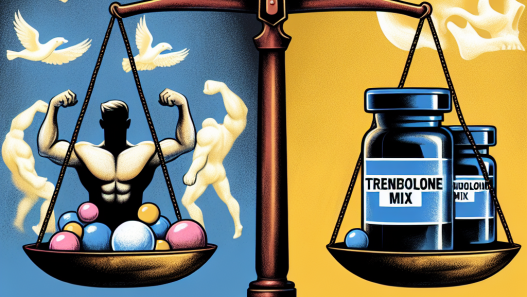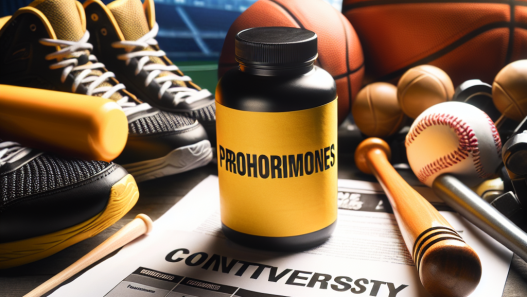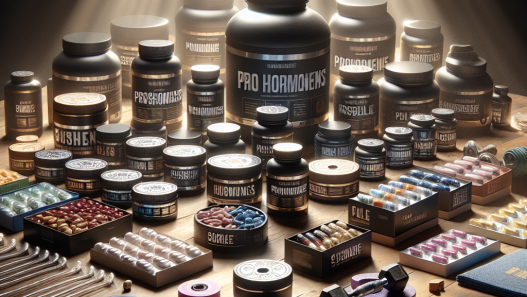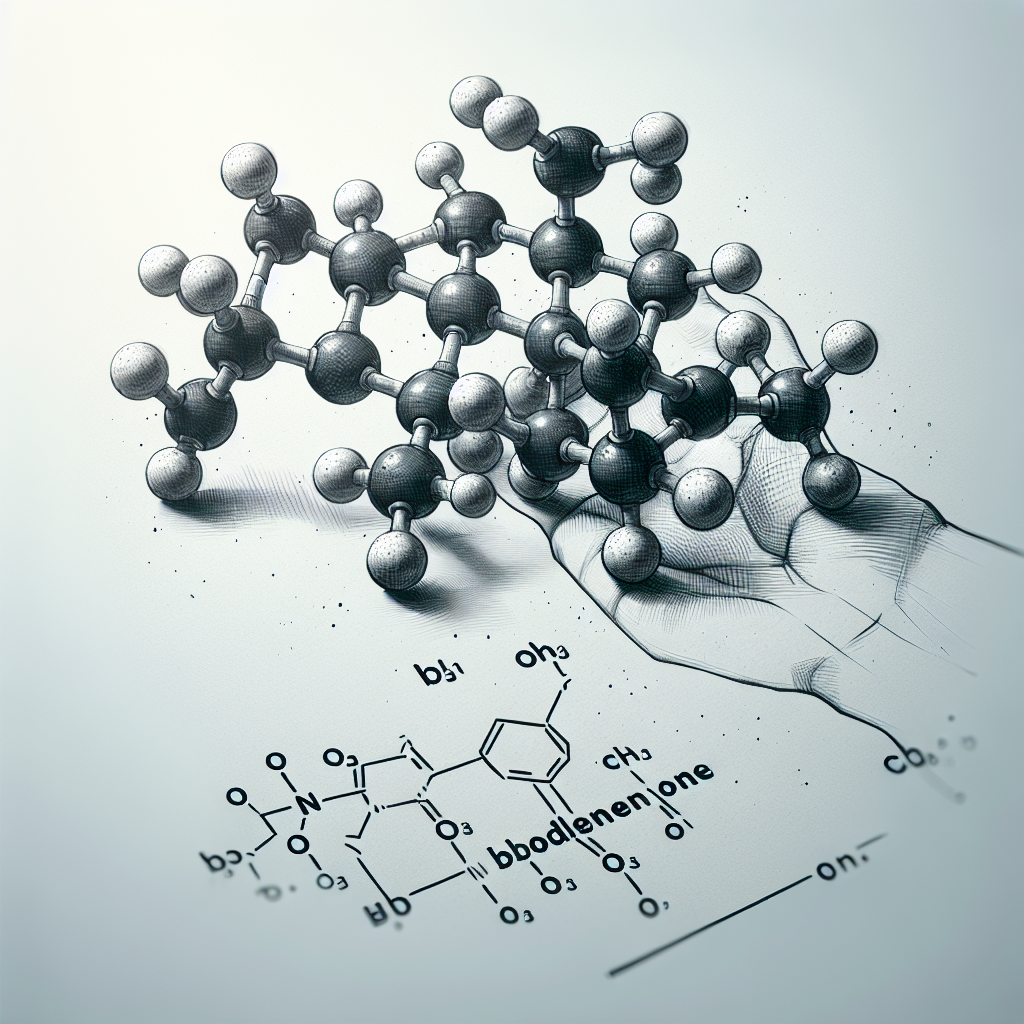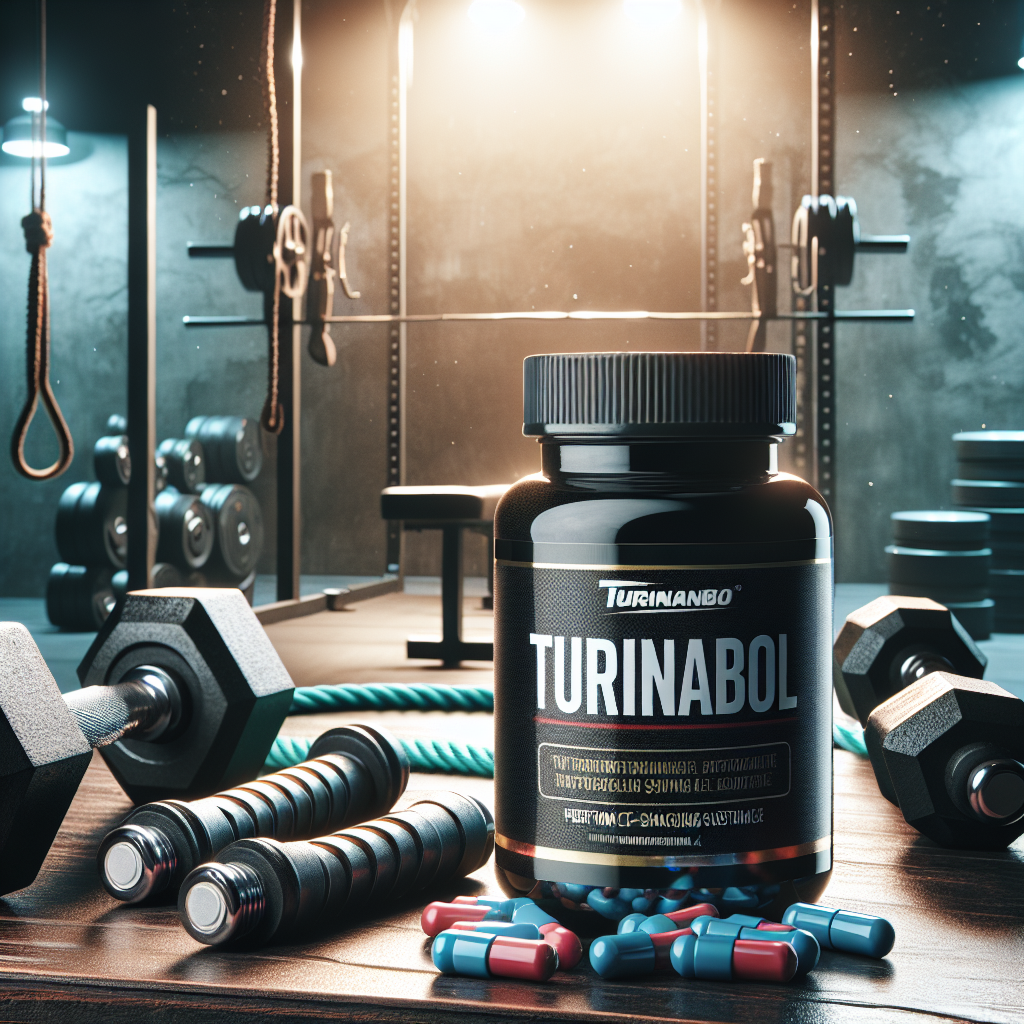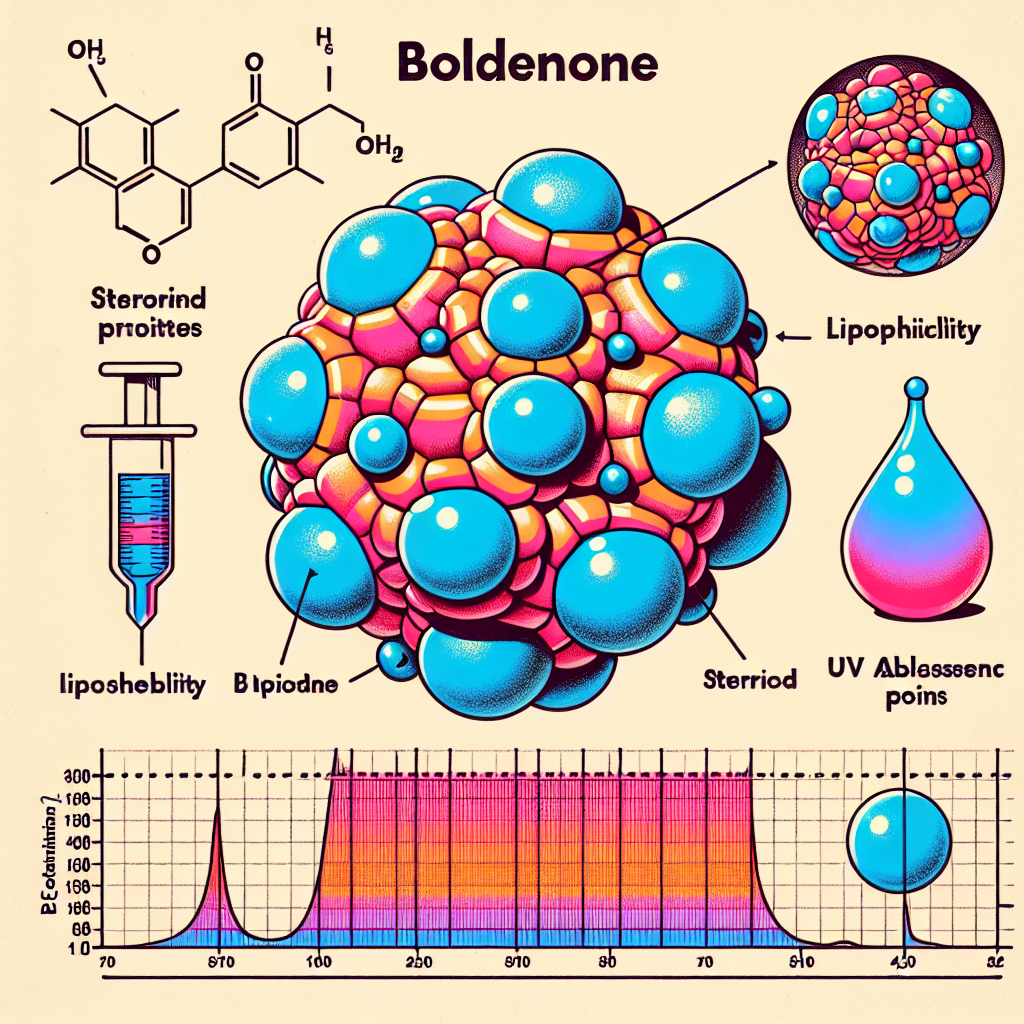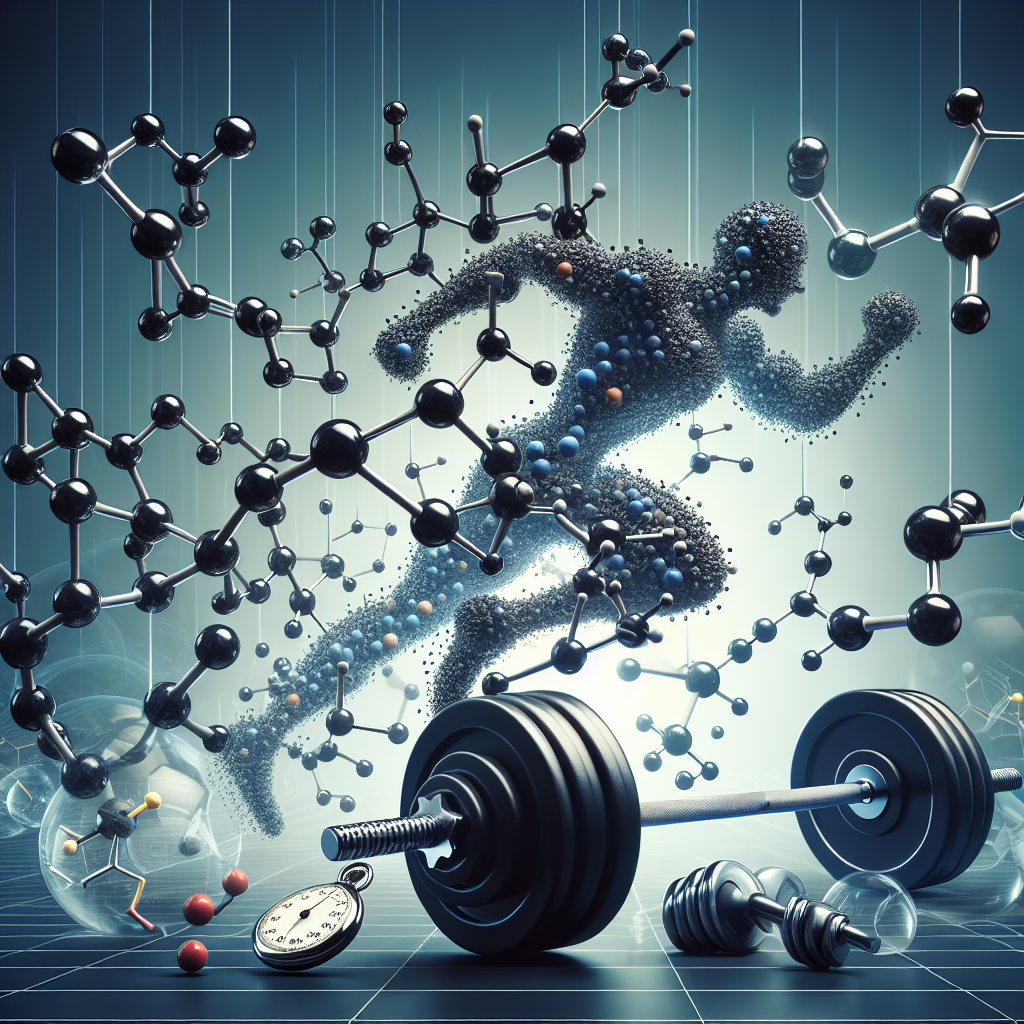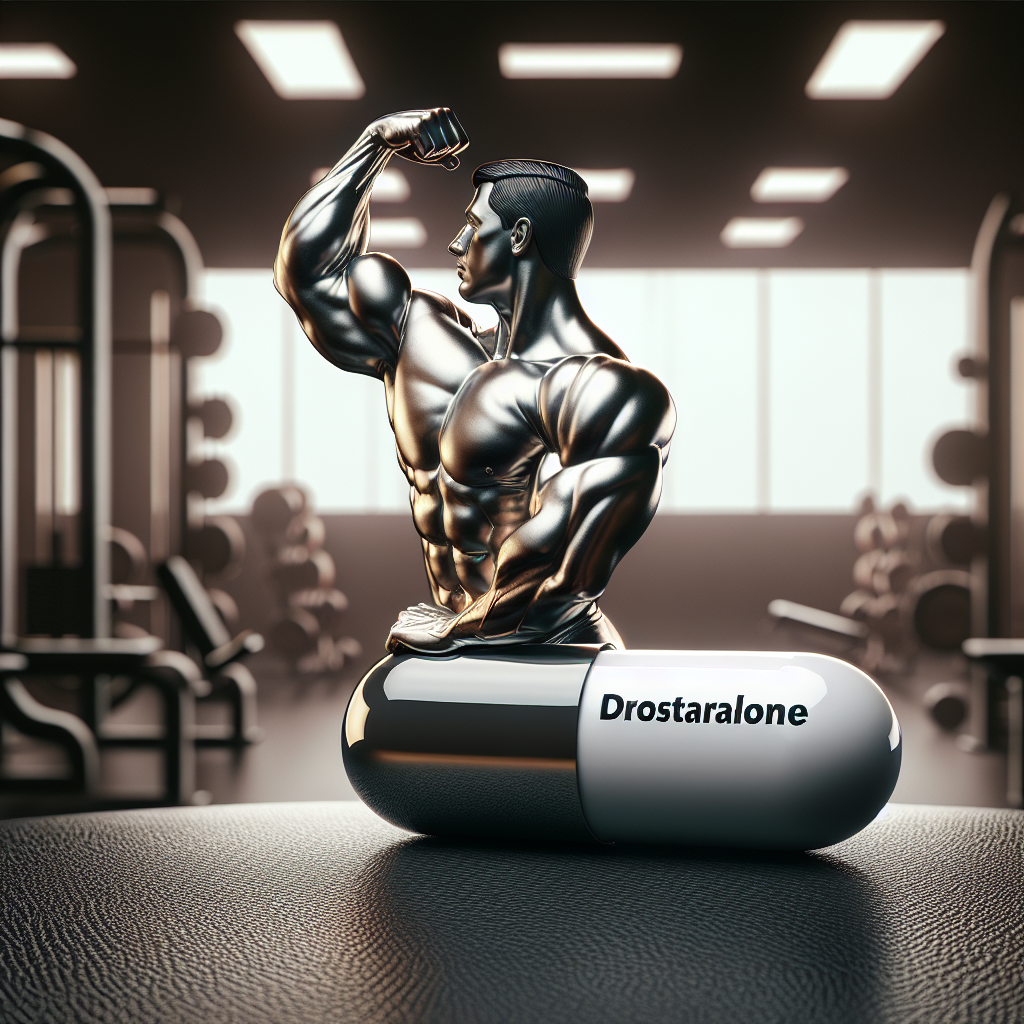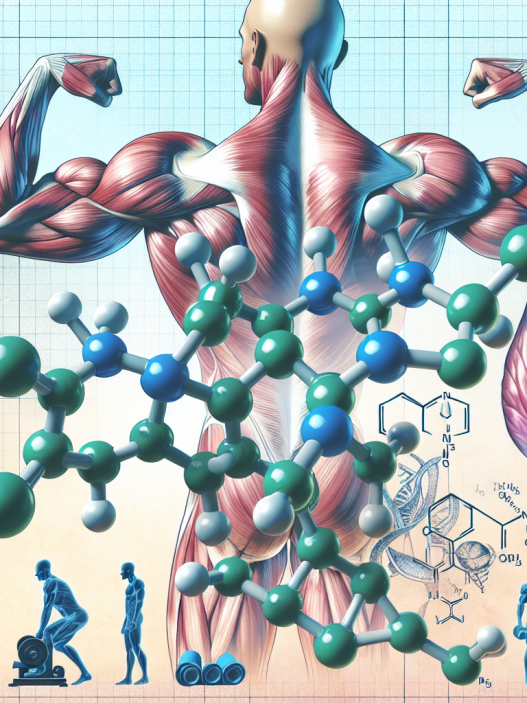-
Table of Contents
Boldenone: A Doping Substance Increasingly Used by Athletes
In the world of sports, the pursuit of excellence and success is a constant battle. Athletes are constantly looking for ways to improve their performance and gain a competitive edge over their opponents. Unfortunately, some athletes turn to illegal and unethical means to achieve their goals, such as using performance-enhancing drugs (PEDs). One such PED that has gained popularity in recent years is Boldenone.
What is Boldenone?
Boldenone, also known as Equipoise, is an anabolic androgenic steroid (AAS) that was originally developed for veterinary use. It is a synthetic derivative of testosterone, with a slightly altered chemical structure that enhances its anabolic properties. Boldenone is available in both injectable and oral forms, with the injectable form being the most commonly used by athletes.
Initially, Boldenone was used to treat muscle wasting diseases and promote weight gain in horses. However, it soon caught the attention of bodybuilders and athletes due to its ability to increase muscle mass, strength, and endurance. It is also believed to improve recovery time and reduce fatigue, making it an attractive option for athletes looking to enhance their performance.
How Does Boldenone Work?
Boldenone works by binding to androgen receptors in the body, which then stimulates the production of proteins and increases nitrogen retention in the muscles. This leads to an increase in muscle mass and strength. It also has a low estrogenic activity, meaning it does not convert to estrogen as easily as other steroids, reducing the risk of side effects such as gynecomastia (enlarged breast tissue) and water retention.
Additionally, Boldenone has a long half-life of approximately 14 days, meaning it stays in the body for a longer period, allowing for less frequent injections. This makes it a convenient option for athletes who want to avoid the hassle of frequent injections.
Why is Boldenone Used by Athletes?
Boldenone is primarily used by athletes for its ability to increase muscle mass and strength. It is also believed to improve endurance and performance, making it popular among athletes in sports such as bodybuilding, weightlifting, and track and field. Some athletes also use it during the off-season to maintain their gains and improve recovery time.
Moreover, Boldenone is relatively easy to obtain on the black market, making it accessible to athletes who are looking for a quick and easy way to enhance their performance. It is also relatively affordable compared to other PEDs, making it an attractive option for athletes on a budget.
Side Effects of Boldenone
Like all AAS, Boldenone comes with a range of potential side effects. These include:
- Acne
- Hair loss
- Increased aggression
- High blood pressure
- Liver damage
- Suppression of natural testosterone production
Additionally, Boldenone can also cause virilization in women, leading to the development of masculine characteristics such as deepening of the voice and excessive body hair growth. It can also have negative effects on cholesterol levels, increasing the risk of cardiovascular disease.
Detection and Legality
Boldenone is classified as a Schedule III controlled substance in the United States, meaning it is illegal to possess or use without a prescription. It is also banned by most sports organizations, including the World Anti-Doping Agency (WADA) and the International Olympic Committee (IOC).
Despite its illegality, Boldenone is still widely used by athletes, and its detection in drug tests has become increasingly difficult. This is due to the development of new forms of Boldenone that are undetectable by standard drug tests. This has led to a rise in the number of athletes using Boldenone, as they believe they can get away with using it without being caught.
Real-World Examples
One of the most high-profile cases involving Boldenone was that of American sprinter Marion Jones. In 2007, Jones admitted to using Boldenone and other PEDs during her career, resulting in her being stripped of her Olympic medals and serving a six-month prison sentence for lying to federal investigators.
More recently, in 2019, American boxer Jarrell Miller tested positive for Boldenone, resulting in the cancellation of his highly anticipated fight against Anthony Joshua. Miller denied knowingly taking the substance, claiming it was a result of a contaminated supplement. However, he was still suspended for six months and fined $250,000.
Expert Opinion
According to Dr. Michael Joyner, a sports medicine expert at the Mayo Clinic, the use of Boldenone and other PEDs is a growing problem in the world of sports. He states, “The use of PEDs is a serious issue that not only undermines the integrity of sports but also poses significant health risks to athletes.” Dr. Joyner also emphasizes the need for stricter testing and harsher penalties to deter athletes from using these substances.
References
1. Johnson, D. L., & Brower, K. J. (2021). Anabolic Steroids. In StatPearls [Internet]. StatPearls Publishing.
2. Kicman, A. T. (2008). Pharmacology of anabolic steroids. British journal of pharmacology, 154(3), 502–521.
3. Pope Jr, H. G., & Kanayama, G. (2012). Athletes and performance-enhancing drugs. In Performance-Enhancing Drugs (pp. 1-20). Humana Press, Totowa, NJ.
4. WADA. (2021). The World Anti-Doping Code International Standard Prohibited List. Retrieved from https://www.wada-ama.org/sites/default/files/resources/files/2021list_en.pdf
5. Yesalis, C. E., & Bahrke, M. S. (2000). Anabolic-androgenic steroids: current issues. Sports medicine, 29(6), 397-405.
6. Zawada, A., & Kicman, A. T. (2015). Recent developments in the toxicology of anabolic steroids. Drug testing and analysis, 7(11-12), 877-889.
7. Zöllner, A., & Parr, M. K. (2016). Anabolic-androgenic steroids and testosterone precursors: ergogenic aids and sport. In Doping in Sports (pp. 1-20). Springer, Cham.
8. Zöllner, A., &

